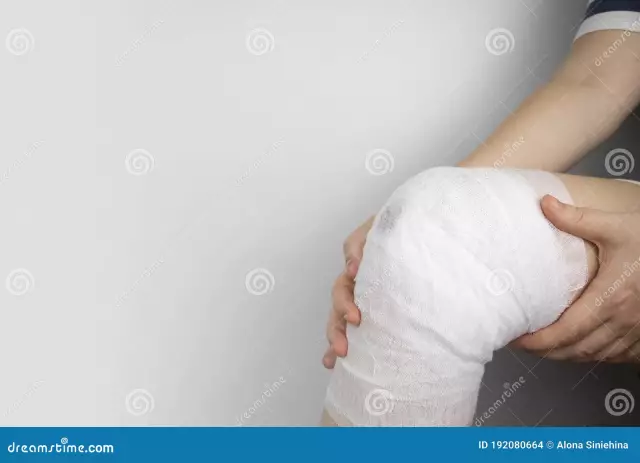- Author Curtis Blomfield [email protected].
- Public 2023-12-16 20:44.
- Last modified 2025-01-23 17:01.
Non-sterile bandages are widely used in everyday life and medical institutions. For proper use, it is important to know the features of this dressing. Let's analyze what non-sterile bandages are made of, their characteristics and scope.
Features
Non-sterile bandage is made from high quality gauze that is bleached without the use of chlorine. Due to the special weave of the threads, the material is very durable. The bandage should have the following characteristics: have the same density over the entire area, smooth edges, absorb liquid well, freely pass air and be strong enough, as well as hypoallergenic. The absence of fringe at the edges indicates the quality of the dressing.

Non-sterile medical bandages are sealed in a durable polymer film that must withstand transportation. Packaging must not contain harmful chemical impurities or be toxic. The production of non-sterile dressings is simple, and therefore the price for them is much lower than for sterile ones.
Scope of application
Non-sterile bandageused for dressings on closed wounds, small bruises and cuts. With its help, bandages, tampons and napkins are fixed on the wound, postoperative dressings are made, dislocated joints, sprains and fractures are fixed. Non-sterile bandages are mandatory for ambulance crews, trauma and feldsher stations, school and car first-aid kits.

Thus, non-sterile bandages are widely used in medical institutions as a fairly cheap dressing material. They are used to fix sterile dressings. Since we often get injured in everyday life, a non-sterile bandage should be in every home first aid kit as a first aid kit.






